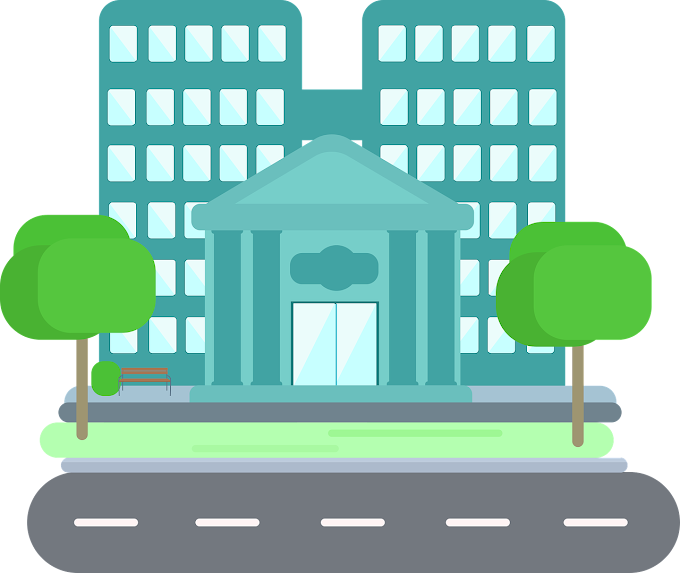In this article I clarify the medical tests that are usually available to patients and that always require the prescription of a doctor.
As I already repeated in my other article, they serve to exclude serious things and it is only an interpretation, never an absolute truth.
Röntgen, (X-Ray):
With them you can see degenerations and fractures in the bony structures. displacements, asymmetries such as scoliosis, (deviation of the spine) or spondylolisthesis, ( displacement of a vertebra), foreign bodies, soft tissue shadows, osteoporosis, ( weakening of the bones), and even with contrast fluid you can see hollow areas or blood vessels and calcified tumors: osteolytics, (which deteriorate the bone), and osteoblastic (malignant),
MRT, (Magnet Resonanz Tomographie), (Magnetic Resonance):
You can see the bones, soft and fluid weaves. At different sizes and at different depths. Unfortunately it is a very expensive test, due to the device, the installation ... And the fact of not being able to do it if we have metal in the body.
It differs between weighting T1 and T2.
T1 in which the fat is clear and the water dark.
T2 in which the fat is clear and intermediate and the water clear.
When the Vertebral Column is evaluated, a distinction is made between: Modic I (Edema) Modic II (Gramia degeneration) Modic III (Signs of sclerosis (thickness)
CT, (Computer Tomographie), (Computerized Tomography):
You can see bones and joints and it is a cheap alternative to magnetic resonances.
Ultraschall, (Ultrasound):
Cheap, dynamic test, (evaluates regions that move at that time), different layers of tissue ... It has no rays projection and is very advisable to perform in pregnant women and infants. It is also possible to see the blood vessels. The disadvantage is that it is very dependent on the quality of the image and the interpretation of the operator.
Myelographie, (Myelography):
It is used very little and in cases of the spinal cord.
Szintigraphie, (Scintigraphy):
Concentration of radioactive material in areas of high circulation and accelerated metabolism, (such as the skeleton) and in situations of inflammation, tumors, (to look for metastasis) and fractures. Also to evaluate the thyroid gland and cardiac muscles.
NLG, (Nervenleigeschwindlichkeitmessung), (Measurement of Nerve Impulse):
Measurement of sensitive impulses and motors through electrodes. It is used above all to evaluate central, radicular or peripheral pathologies.
EMG, (Electromyography), (Electromyogram):
Measurement of cardiac impulses.
EKG, (Elektrokardiogram), (Electrocardiogram):
Measurement of the electromagnetic field of the heart to rule out pathologies such as myocardial infarction, arrhythmias ... To be combined with an ergonometry test to rule out coronary heart disease.
Endoscopy, (Endoscopy):
Use of cameras to see the mucous, serous tissues of the organs, (for example Colonoscopy, (through the anus), Gastroscopy, (through the mouth), Laparoscopy, (exploration of the abdominal cavity from a small incision ), Arthroscopy, (in the joints) ... They can even serve to operate as in biopsies or in surgical interventions























0 Comments